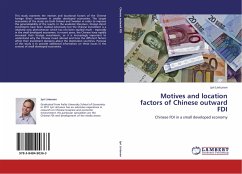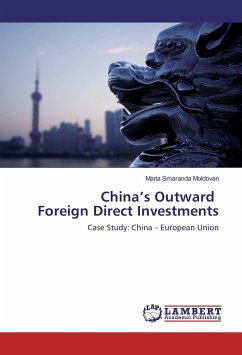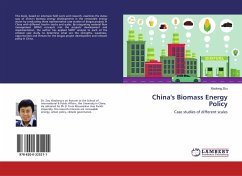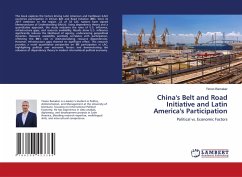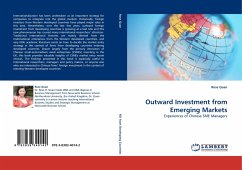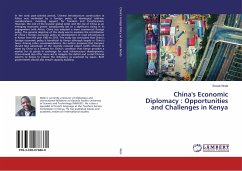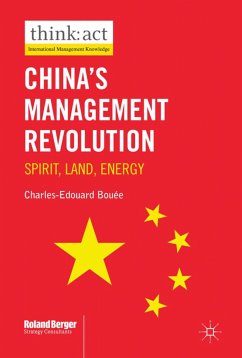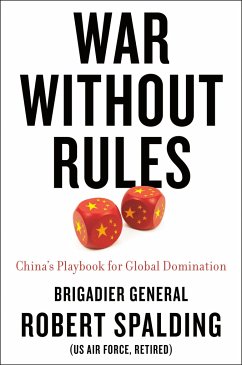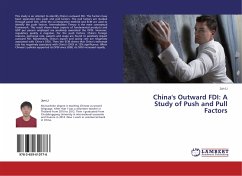
China's Outward FDI: A Study of Push and Pull Factors
Versandkostenfrei!
Versandfertig in 6-10 Tagen
27,99 €
inkl. MwSt.

PAYBACK Punkte
14 °P sammeln!
This study is an attempt to identify China's outward FDI. The factors have been separated into push and pull factors. The pull factors are studied through panel OLS, while the co-integration method and ECM are used to identify the push factors. Internalization Theory is the main conceptual framework. This result shows Asian exports of fundamental products and GDP per person employed are positively associated the OFDI. However, regulatory quality is negative. For the push factors, China's foreign reserves, exchange rate, patents and wage are found to positively impact outward FDI. Nonetheless, ...
This study is an attempt to identify China's outward FDI. The factors have been separated into push and pull factors. The pull factors are studied through panel OLS, while the co-integration method and ECM are used to identify the push factors. Internalization Theory is the main conceptual framework. This result shows Asian exports of fundamental products and GDP per person employed are positively associated the OFDI. However, regulatory quality is negative. For the push factors, China's foreign reserves, exchange rate, patents and wage are found to positively impact outward FDI. Nonetheless, China's export and saving rate are negatively associated with China's OFDI. Then the ECM shows that China's exchange rate has negatively associated with China's OFDI at 15% significance. When Chinese's policies supported its OFDI since 2000, its OFDI increased rapidly.



